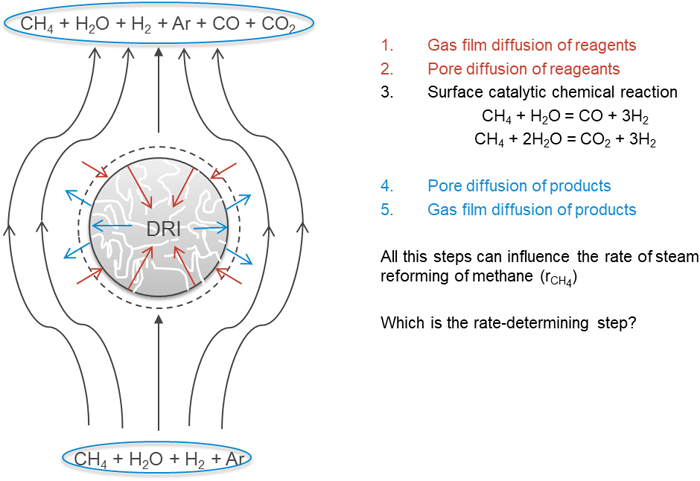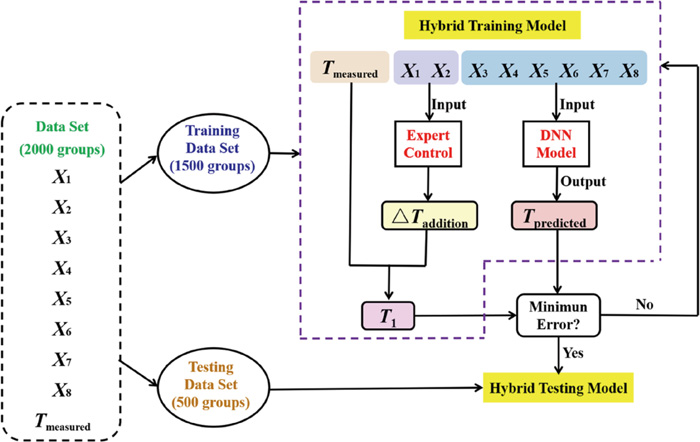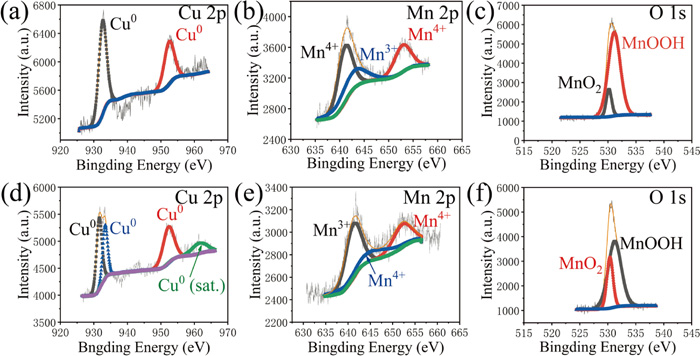62 巻, 3 号
選択された号の論文の29件中1~29を表示しています
- |<
- <
- 1
- >
- >|
Publication Data
-
2022 年 62 巻 3 号 p. Cover-
発行日: 2022/03/15
公開日: 2022/03/17
PDF形式でダウンロード (406K) -
2022 年 62 巻 3 号 p. Editorial-
発行日: 2022/03/15
公開日: 2022/03/17
PDF形式でダウンロード (552K) -
2022 年 62 巻 3 号 p. Contents-
発行日: 2022/03/15
公開日: 2022/03/17
PDF形式でダウンロード (209K)
Regular Articles
Fundamentals of High Temperature Processes
-
原稿種別: Regular Article
2022 年 62 巻 3 号 p. 405-412
発行日: 2022/03/15
公開日: 2022/03/17
[早期公開] 公開日: 2022/01/09PDF形式でダウンロード (803K) HTML形式で全画面表示 -
原稿種別: Regular Article
2022 年 62 巻 3 号 p. 413-417
発行日: 2022/03/15
公開日: 2022/03/17
PDF形式でダウンロード (710K) HTML形式で全画面表示 -
原稿種別: Regular Article
2022 年 62 巻 3 号 p. 418-425
発行日: 2022/03/15
公開日: 2022/03/17
PDF形式でダウンロード (1452K) HTML形式で全画面表示 -
原稿種別: Regular Article
2022 年 62 巻 3 号 p. 426-436
発行日: 2022/03/15
公開日: 2022/03/17
PDF形式でダウンロード (1480K) HTML形式で全画面表示
Ironmaking
-
原稿種別: Regular Article
2022 年 62 巻 3 号 p. 437-448
発行日: 2022/03/15
公開日: 2022/03/17
[早期公開] 公開日: 2021/12/25PDF形式でダウンロード (1540K) HTML形式で全画面表示 -
原稿種別: Regular Article
2022 年 62 巻 3 号 p. 449-456
発行日: 2022/03/15
公開日: 2022/03/17
[早期公開] 公開日: 2022/01/07PDF形式でダウンロード (1358K) HTML形式で全画面表示 -
原稿種別: Regular Article
2022 年 62 巻 3 号 p. 457-464
発行日: 2022/03/15
公開日: 2022/03/17
PDF形式でダウンロード (1503K) HTML形式で全画面表示 -
原稿種別: Regular Article
2022 年 62 巻 3 号 p. 465-476
発行日: 2022/03/15
公開日: 2022/03/17
[早期公開] 公開日: 2022/01/07PDF形式でダウンロード (3077K) HTML形式で全画面表示 -
原稿種別: Regular Article
2022 年 62 巻 3 号 p. 477-486
発行日: 2022/03/15
公開日: 2022/03/17
[早期公開] 公開日: 2022/02/05PDF形式でダウンロード (1528K) HTML形式で全画面表示 -
原稿種別: Regular Article
2022 年 62 巻 3 号 p. 487-495
発行日: 2022/03/15
公開日: 2022/03/17
[早期公開] 公開日: 2022/01/13PDF形式でダウンロード (1567K) HTML形式で全画面表示 -
原稿種別: Regular Article
2022 年 62 巻 3 号 p. 496-503
発行日: 2022/03/15
公開日: 2022/03/17
PDF形式でダウンロード (1793K) HTML形式で全画面表示 -
原稿種別: Regular Article
2022 年 62 巻 3 号 p. 504-514
発行日: 2022/03/15
公開日: 2022/03/17
PDF形式でダウンロード (1329K) HTML形式で全画面表示
Steelmaking
-
原稿種別: Regular Article
2022 年 62 巻 3 号 p. 515-523
発行日: 2022/03/15
公開日: 2022/03/17
PDF形式でダウンロード (1440K) HTML形式で全画面表示
Casting and Solidification
-
原稿種別: Regular Article
2022 年 62 巻 3 号 p. 524-531
発行日: 2022/03/15
公開日: 2022/03/17
PDF形式でダウンロード (4929K) HTML形式で全画面表示
Instrumentation, Control and System Engineering
-
原稿種別: Regular Article
2022 年 62 巻 3 号 p. 532-541
発行日: 2022/03/15
公開日: 2022/03/17
[早期公開] 公開日: 2022/01/08PDF形式でダウンロード (1485K) HTML形式で全画面表示
Forming Processing and Thermomechanical Treatment
-
原稿種別: Regular Article
2022 年 62 巻 3 号 p. 542-549
発行日: 2022/03/15
公開日: 2022/03/17
[早期公開] 公開日: 2021/12/16PDF形式でダウンロード (1013K) HTML形式で全画面表示
Surface Treatment and Corrosion
-
原稿種別: Regular Article
2022 年 62 巻 3 号 p. 550-560
発行日: 2022/03/15
公開日: 2022/03/17
PDF形式でダウンロード (2836K) HTML形式で全画面表示 -
原稿種別: Regular Article
2022 年 62 巻 3 号 p. 561-567
発行日: 2022/03/15
公開日: 2022/03/17
[早期公開] 公開日: 2021/12/16PDF形式でダウンロード (1209K) HTML形式で全画面表示 -
原稿種別: Regular Article
2022 年 62 巻 3 号 p. 568-576
発行日: 2022/03/15
公開日: 2022/03/17
PDF形式でダウンロード (1999K) HTML形式で全画面表示
Transformations and Microstructures
-
原稿種別: Regular Article
2022 年 62 巻 3 号 p. 577-585
発行日: 2022/03/15
公開日: 2022/03/17
PDF形式でダウンロード (1967K) HTML形式で全画面表示 -
原稿種別: Regular Article
2022 年 62 巻 3 号 p. 586-592
発行日: 2022/03/15
公開日: 2022/03/17
PDF形式でダウンロード (1422K) HTML形式で全画面表示
Mechanical Properties
-
原稿種別: Regular Article
2022 年 62 巻 3 号 p. 593-601
発行日: 2022/03/15
公開日: 2022/03/17
[早期公開] 公開日: 2021/12/29PDF形式でダウンロード (1395K) HTML形式で全画面表示
Notes
Fundamentals of High Temperature Processes
-
原稿種別: Note
2022 年 62 巻 3 号 p. 602-605
発行日: 2022/03/15
公開日: 2022/03/17
[早期公開] 公開日: 2022/01/13PDF形式でダウンロード (945K) HTML形式で全画面表示
Ironmaking
-
原稿種別: Note
2022 年 62 巻 3 号 p. 606-608
発行日: 2022/03/15
公開日: 2022/03/17
PDF形式でダウンロード (460K) HTML形式で全画面表示
Steelmaking
-
原稿種別: Note
2022 年 62 巻 3 号 p. 609-612
発行日: 2022/03/15
公開日: 2022/03/17
PDF形式でダウンロード (668K) HTML形式で全画面表示
Transformations and Microstructures
-
原稿種別: Note
2022 年 62 巻 3 号 p. 613-616
発行日: 2022/03/15
公開日: 2022/03/17
PDF形式でダウンロード (621K) HTML形式で全画面表示
- |<
- <
- 1
- >
- >|
























